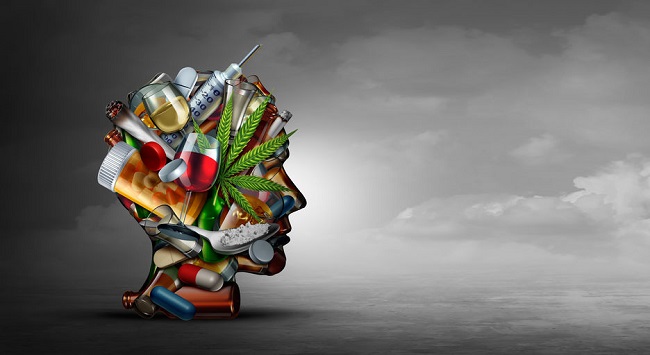Drug use is prevalent in the US. According to the National Survey of Drug Use and Health, 45% of Americans have tried marijuana, 50% illicit drugs, 60% cigarettes, and 80% alcohol at some point in their lives.
We all use drugs—specifically, psychoactive substances, which are substances that change one’s mental state. For instance, caffeine (found in tea, coffee, chocolate, and some medications) is one of the most widely consumed psychoactive substances.
So, when does use these drugs become a problem? At what point should we seek treatment?
Is drinking a glass of red wine before sleep every night a sign of addiction? What about two glasses? Three glasses? How about three cups of coffee a day? Or smoking marijuana a few times a week?
Addiction
Many people with addiction do not seek treatment because they do not believe they have a problem. For instance, according to a recent report by the California Health Care Foundation, over 8% of Californians met the criteria for a substance use disorder, but just 10% of them received treatment.
Before I continue, here’s a quick word about the terms addiction and substance use disorder. If you search the DSM-5, the diagnostic and statistical manual of mental disorders, you will not find the criteria for addiction. The term addiction has been replaced by substance use disorder. Why? One, because defining addiction remains challenging and continues to be debated. Two, because the word addiction is sometimes associated with negative connotations and stigma. Nevertheless, many clinicians and researchers still use addiction, particularly to refer to more severe problems associated with substance use.
Substance use disorder
So, what is substance use disorder? It is a condition related to the continued use of a drug even when drug use has caused significant distress and difficulties.
According to the DSM-5, the criteria for substance abuse disorders include four categories of symptoms:
• Impaired control
• Social impairment
• Risky use
• Tolerance and withdrawal
The sense of losing control over one’s drug use is an important indicator of potential substance use disorder. You might have a drug problem if you find yourself consuming more of the substance that you intended, try to cut down but fail, are driven by strong urges and cravings, and spend much time either trying to obtain the drug, use it, or recover from its adverse effects. Another sign of the disorder is having difficulties fulfilling your role obligations in life (e.g., at school, work, or home). Social impairments include withdrawing from hobbies and family activities or continuing to use despite experiencing problems caused or worsened by drug use.
The third category concerns risky use of the substance, such as using drugs in physically dangerous situations (e.g., drinking and driving) or consuming drugs despite the worsening of a serious health problem (e.g., smoking despite having chronic obstructive pulmonary disease).
The final category involves two important concepts (tolerance and withdrawal), which are often discussed in the context of addiction and repeated use of a drug.
Withdrawal symptoms are unpleasant symptoms (e.g., irritability, moodiness) that can occur after we reduce or stop taking a psychoactive substance. And tolerance means requiring more of a substance to experience the same desired effects, like the same high or feelings of relaxation.
So, what if you are addicted? Even if you have missed some signs of a potential substance use disorder, the good news is that it is never too late to start treatment. The first step is to realize you do not have to live this way. You can regain your sense of control. Help is available.
References


